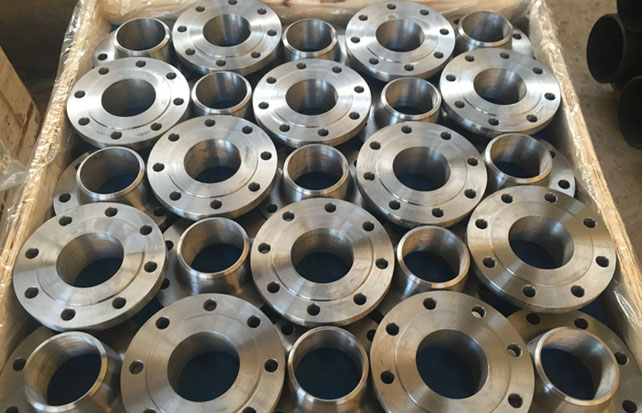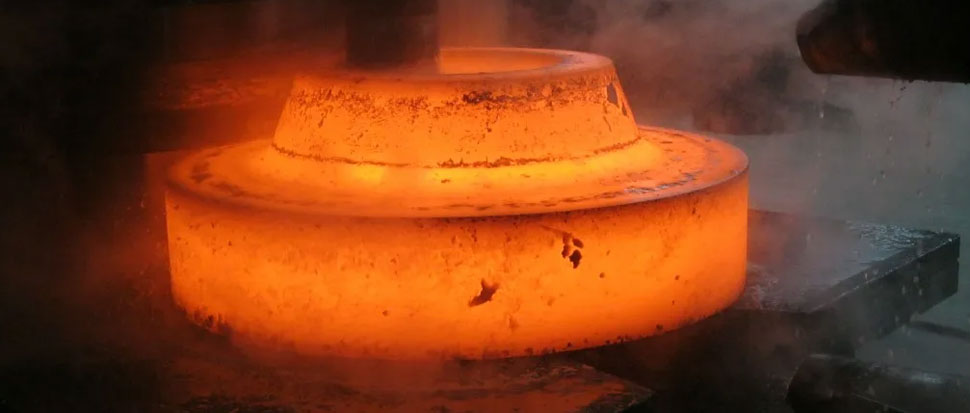Steel flanges are devices used to connect pipes, valves, pumps, and other equipment to form a piping system. They provide a method for easy assembly and disassembly of the piping system, as well as for access to the interior of the system for maintenance and repairs.
Flanges can be made from various materials, including:
- Carbon Steel
- Stainless Steel
- Alloy Steel
These materials are chosen based on their compatibility with the fluid or gas being transported, their resistance to corrosion and high temperatures, and other factors specific to the application.
There are several types of steel flanges, including:
- Weld Neck Flange:
- Slip-On Flange:
- Blind Flange:
- Socket Weld Flange:
- Threaded Flange:
- Lap Joint Flange:
This type of flange is welded to the pipe or fitting, providing a strong and permanent connection. It is commonly used in high-pressure applications and can be used for both high and low temperatures.
This type of flange slides onto the pipe or fitting and is then welded in place. It is a popular choice for low-pressure applications and can be used for both high and low temperatures.
This type of flange is used to block off the end of a pipe or fitting. It is commonly used in piping systems where future access may be required and can be used for both high and low temperatures.
This type of flange has a socket for the pipe to fit into, creating a smooth flow path. It is commonly used in high-pressure applications and can be used for both high and low temperatures.
This type of flange has threads on the inside diameter, allowing it to be screwed onto a threaded pipe or fitting. It is commonly used in low-pressure applications and can be used for both high and low temperatures.
This type of flange is used in conjunction with a stub end fitting. The flange slides over the stub end, creating a loose flange connection. It is commonly used in low-pressure applications and can be used for both high and low temperatures.
Flanges Specifications
| Flange Type | Material | Size Range | Pressure Rating Range | Facing | Standard |
|---|---|---|---|---|---|
| Weld Neck | Carbon Steel, Stainless Steel, Alloy Steel | 1/2" to 96" | 150# to 2500# | RF, RTJ | ASME B16.5, B16.47 |
| Slip-On | Carbon Steel, Stainless Steel, Alloy Steel | 1/2" to 96" | 150# to 2500# | RF, FF | ASME B16.5 |
| Blind | Carbon Steel, Stainless Steel, Alloy Steel | 1/2" to 96" | 150# to 2500# | RF, FF, RTJ | ASME B16.5, B16.47 |
| Socket Weld | Carbon Steel, Stainless Steel, Alloy Steel | 1/2" to 4" | 150# to 2500# | RF, FF | ASME B16.5 |
| Threaded | Carbon Steel, Stainless Steel, Alloy Steel | 1/2" to 4" | 150# to 2500# | RF, FF | ASME B16.5 |
| Lap Joint | Carbon Steel, Stainless Steel, Alloy Steel | 1/2" to 96" | 150# to 2500# | RF, FF | ASME B16.5 |
Benefits Of SS Flanges
- Provide Better Flexibility
- They Fit Well In Tight Spaces
- Provide Easy Maintenance
- Easy assembly
- Connect pipes


